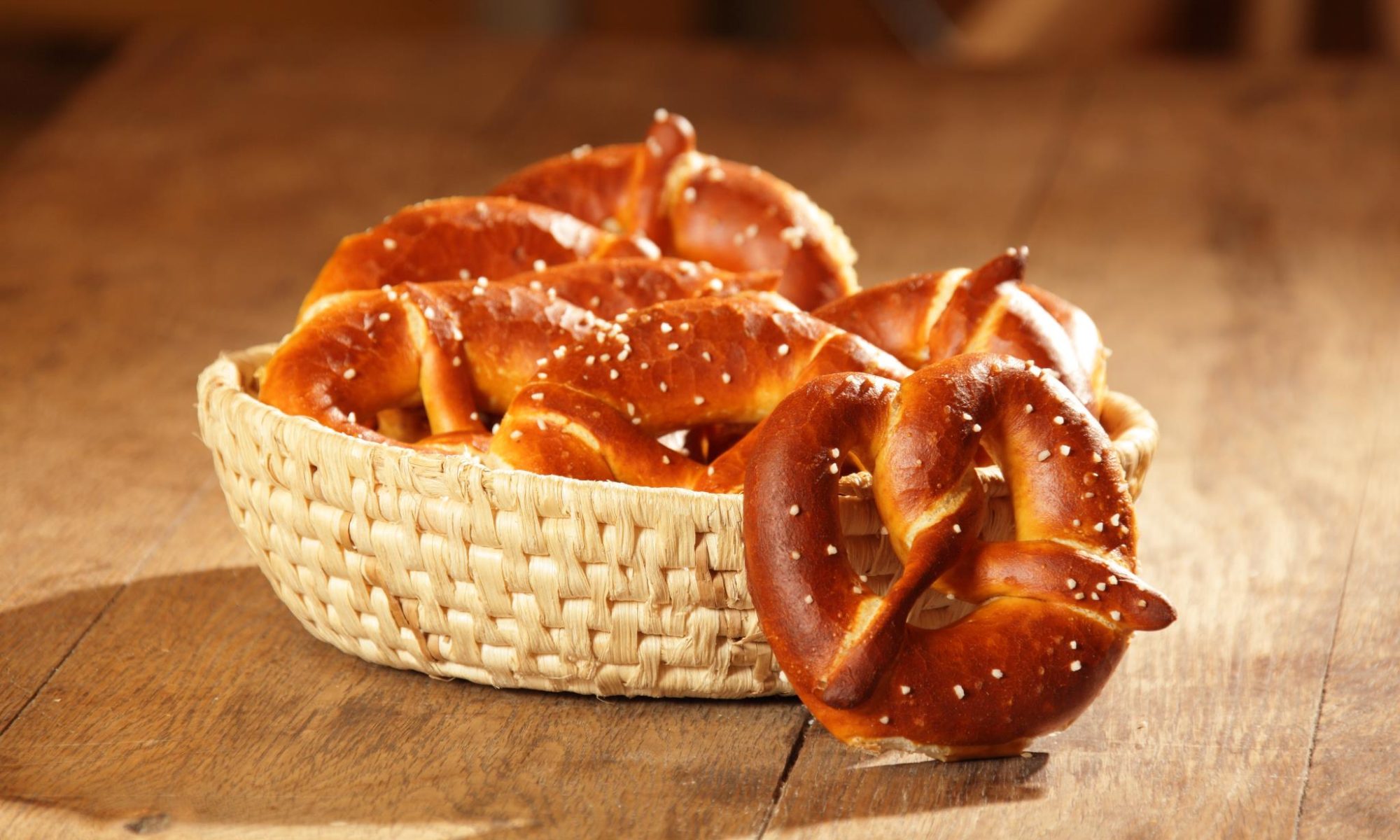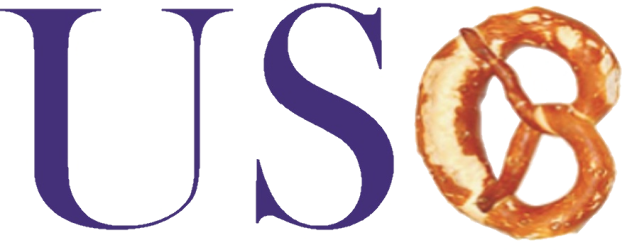To research whether either the bicyclic key or even the fluorophenyl team was actually in charge of the strange joining form, 3D-structures were determined for two early analogs of 2. Both the internet protocol address 3 therefore the 5-fluorophenyl-PP 4 have a similar joining form as 1, but 3 was slightly moved. Afterwards, this typical binding setting got affirmed for an additional internet protocol address (which is not changed from 1) and nine additional PPs that had 5-orthofluorophenyl organizations. Since architecture comprise determined for only three IPs, it is not obvious whether the change of 3 is actually considerable. The additional 5-fluorophenyl-containing PPs additionally have substituents at 3-position. Because of steric limitations, these inhibitors would not be compatible with the joining form of 2 which calls for hydrogen on 3-position. For any other kinases, H-bonding of fluorophenyl groups on hinge can also be acutely uncommon. Among the 736 kinase 3D-structures in PDB only one, TGFI?R1TK 15 [1RW8], enjoys a bound inhibitor with a fluorophenyl cluster acknowledging an H-bond from the hinge NH (Figure 4). Once the hinge areas of both proteins include overlapped, both fluorophenyl groups additionally accommodate closely. In the two cases, the fluorine atom contributes to the binding affinity; replacement of hydrogen for fluorine decreases the binding 25-fold when compared to regarding 2, while substitution of a methyl class for fluorine shorten joining to TGFI?R1TK by 12-fold. Continue reading “Amazingly, 2 features an unusual, totally different joining setting, using the fluorine acknowledging an H-bond from Leu83NH (Figure 3)”

